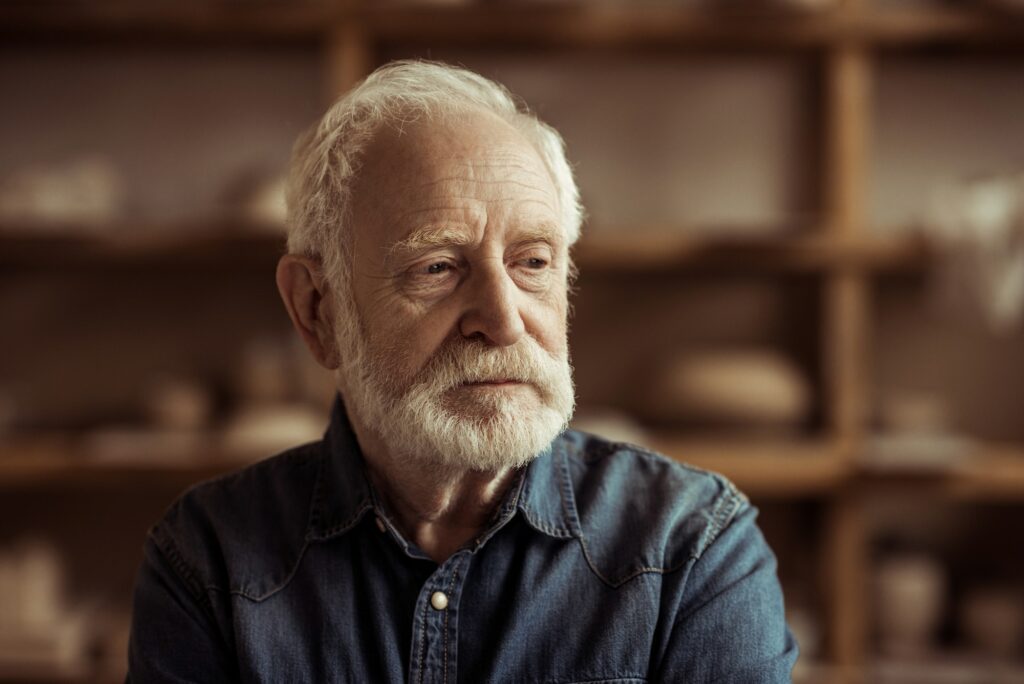Portraits have been a popular form of art since the beginning of human civilization. From ancient times to the modern era, portraits have been used to capture the likeness and personality of individuals. A portrait is essentially a representation of a person, either through painting, drawing, photography, or sculpture. In this blog post, we will explore the history, significance, and different types of portraits.

History of Portraits:
Portraits have a long history, dating back to the ancient Egyptian and Roman civilizations. Portraits were mostly created for religious or commemorative purposes. In the Middle Ages, portraits were used to document the likeness of saints and religious figures. During the Renaissance period, portraits became more realistic and humanistic, depicting individuals in a more naturalistic way. The advent of photography in the 19th century made portraits more accessible and affordable to the general public, leading to the rise of portrait photography.
Significance of Portraits:
Portraits serve several purposes, including documenting history, capturing personality, and expressing emotions. Portraits can immortalize an individual, providing a visual representation of them for future generations. They can also convey a sense of identity, capturing the essence of a person’s personality and character. Portraits can also be used to express emotions, ranging from joy and happiness to sadness and melancholy.
Different Types of Portraits:
There are several types of portraits, each with its own unique characteristics and purposes. Some of the most common types of portraits include:
- Traditional Portraits: These are typically painted or drawn portraits that aim to capture the likeness and personality of the individual. Traditional portraits are often commissioned by wealthy individuals, families, or institutions.
- Candid Portraits: These are natural, unposed portraits that aim to capture the individual’s personality and character in a spontaneous way. Candid portraits are often taken in social or public settings, such as weddings or events.
- Environmental Portraits: These portraits aim to capture the individual in their natural environment, such as their home or workplace. Environmental portraits often provide additional context to the individual’s life and personality.
- Self-Portraits: These are portraits of the artist themselves, providing insight into their own personality and character. Self-portraits can be created through painting, drawing, or photography.
- Group Portraits: These portraits depict two or more individuals, often in a social or familial setting. Group portraits can capture the dynamics and relationships between the individuals.
In conclusion, portraits have played an important role in human history and continue to be a popular form of art today. Whether through painting, drawing, photography, or sculpture, portraits capture the likeness, personality, and emotions of individuals. Different types of portraits serve different purposes, providing a unique perspective into the individual’s life and personality.